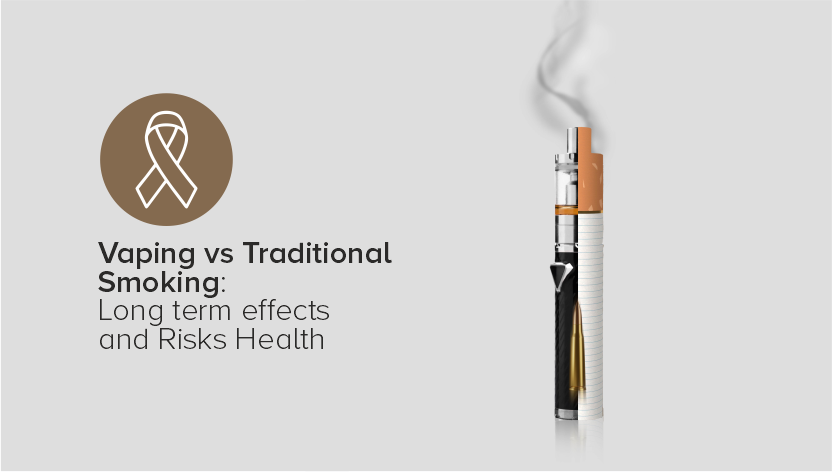In the ongoing debate between vaping and traditional smoking, many individuals find themselves caught between the two, unsure of which path is less harmful. Both methods of nicotine consumption have their own set of health implications, and understanding these is crucial for making informed decisions. Nicotine addiction is a global concern, with millions of people using various methods to satisfy their cravings. While traditional smoking has been around for centuries, vaping is a relatively new phenomenon that has gained immense popularity over the past decade. Both practices have sparked considerable debate among health professionals and the general public. Let's explore the long-term effects and health risks of each.
